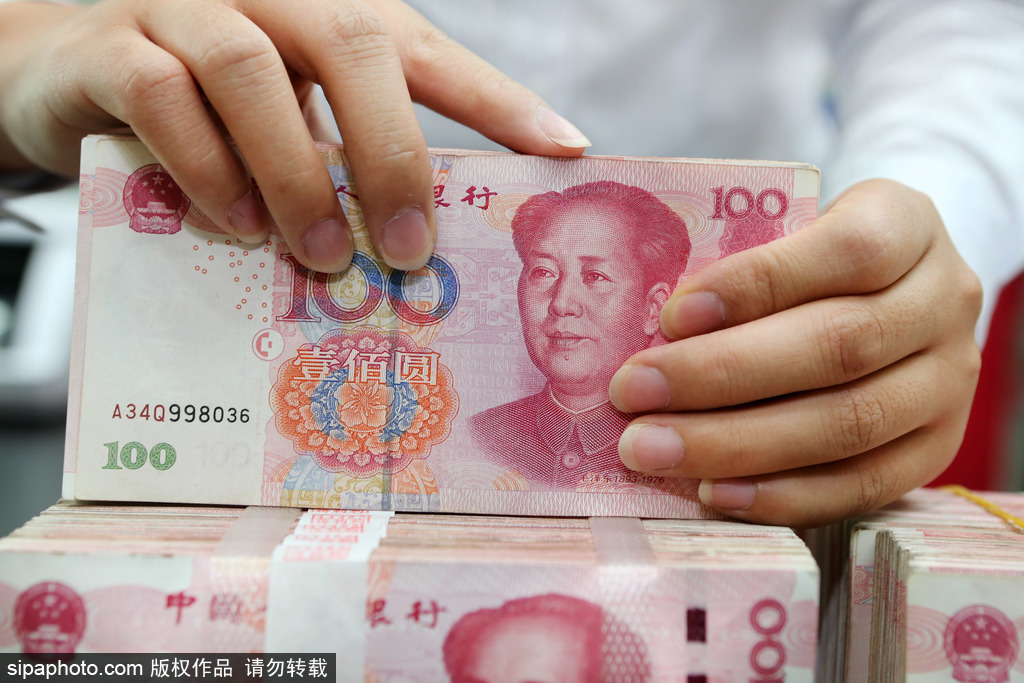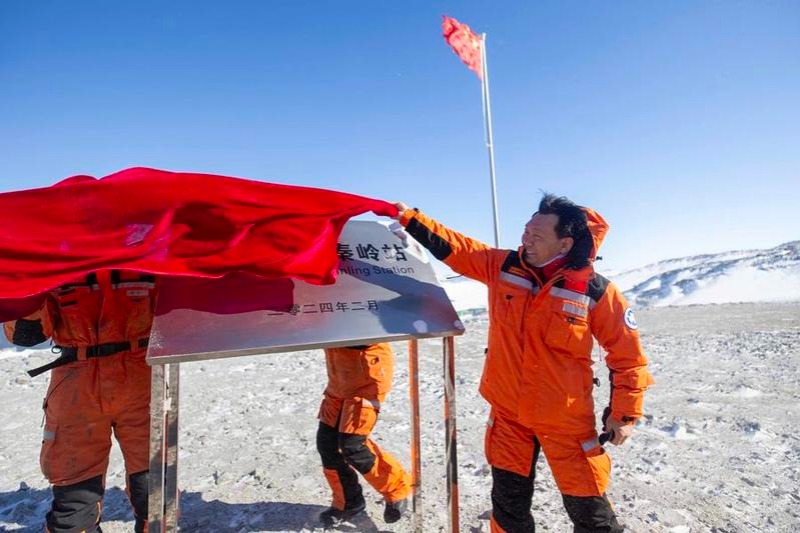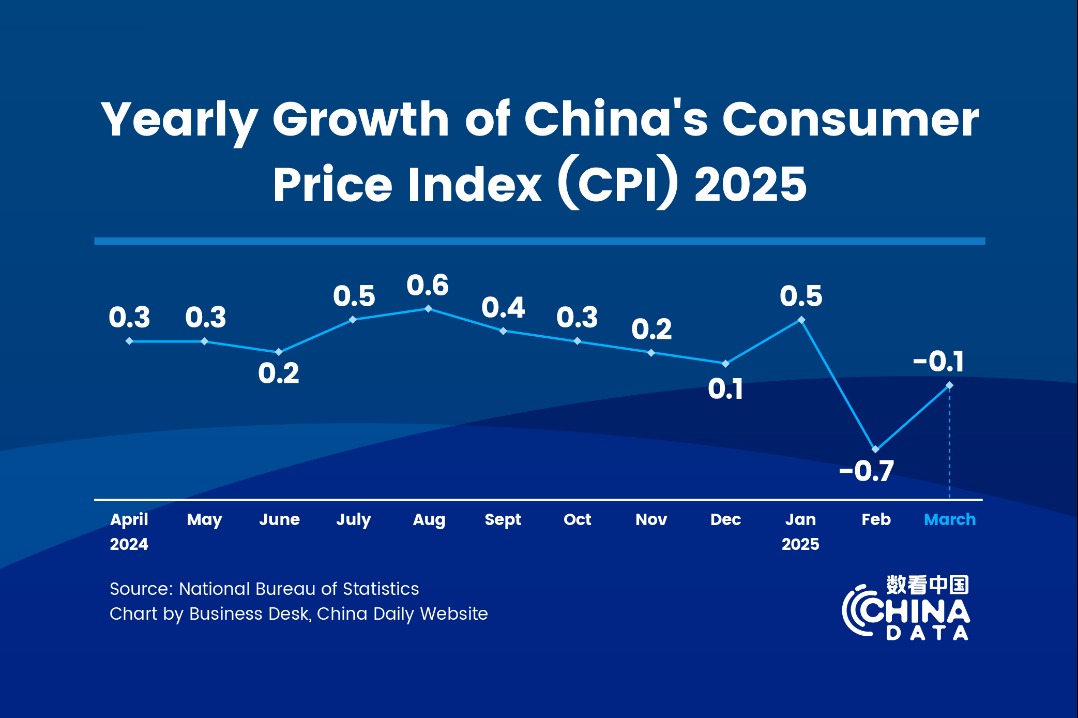Precautions can help prevent bond bubble from building


Although the COVID-19-related global financial turbulence has caused fluctuations in Chinese markets, it has also offered a rare development opportunity for China's bond market.
Since late February when COVID-19 accelerated to spread worldwide, global financial markets have fallen into an unprecedented turmoil. Liquidity crisis broke out as different categories of financial assets all slid away in mid-March. Central banks of developed economies have resorted to extremely loose monetary policy to alleviate the crisis.
Accompanying the global financial turmoil is the looming concern of global recession, against which major developed economies have an increasingly narrower space in conventional policies.
The government debt-to-GDP ratio is expected to rapidly rise this year from a relatively high base in the United States, Japan, Germany, France, and the United Kingdom. On the monetary front, the yield of 10-year treasuries in the US and UK is between 0 and 1 percent and could further drop later.
Yet, there is a silver lining for China's bond market amid this clouded global financial and economic landscape, especially for risk-free and low-risk bonds. Both demand for and supply of those bonds are expected to rise, while the participation from foreign investors should increase.
First, Chinese debt assets may become more appealing for investors as China's relative robustness in growth may sustain a high interest rate level by global standards.
Output of the Chinese economy registered a sharp contraction of 6.8 percent on a yearly basis in the first quarter of the year, but the economy has gradually recovered. I expect China's year-on-year GDP growth to rebound to 2 percent in the second quarter, 6 percent in the third, and 7 percent in the fourth. Whole-year economic growth may surpass 2 percent.
The world economy is expected to contract by 3 percent based on the International Monetary Fund's forecast in April. The differential between the economic growth of China and that of the world could therefore expand to 5 percent this year, versus 3.2 percent last year. In 2019, China's economy grew by 6.1 percent, while the global economy expanded by 2.9 percent.
This relative economic stability could make Chinese financial assets more attractive, especially in the second quarter when China's economy embarks on recovery while overseas economic activity remains subdued.
In China's money and bond markets, interest rates are expected to maintain well in positive territory with limited downward room. The China 10-year treasury is yielding over 2.8 percent, versus about 0.85 percent of the equivalent US treasury. Such a yield spread of about 2 percentage points can make China's treasury bonds appealing worldwide.
Second, the expansion in government bond issuance, which is aimed at ironing the COVID-19 economic shock, will boost high-quality supply in China's bond market.
This will help the market to satisfy institutional investors' need for holding more high-quality assets to weather the sustained financial market turbulence.
The annual session of the national legislature has approved the issuance of special treasuries worth 1 trillion yuan ($141 billion) this year. Meanwhile, this year's quota of special local government bonds was raised to 3.75 trillion yuan, up by 1.6 trillion yuan from last year. Policy and commercial banks are also expected to issue considerably more bonds this year.
Third, as Chinese bonds become more attractive while financial market opening-up deepens, a larger scale of foreign capital is expected to be allocated for Chinese bond assets this year.
Indeed, emerging market economies encountered a record short-term capital outflow amid the financial turmoil over the first quarter of the year. But the markets will gradually stabilize, with investors turning their focus from solely seeking safe havens to keeping a balance between hedging risk and pursuing return.
By then, China's relatively high risk-free interest rate is expected to draw considerably more global capital into its bond assets, via channels like the Qualified Foreign Institutional Investors program and the Bond Connect.
Fourth, investors' relatively high risk aversion will underpin the demand for the low-risk tranches of debt assets.
Investors in the Chinese market have been grappling with multiple uncertainties this year, both from external and domestic factors.
Externally, it remains to be seen whether the risk of imported COVID-19 cases will be well contained through the pandemic and to what extent the global recession will weigh on China's exports, let alone the uncertainty surrounding the China-US economic and trade frictions.
The risk of bankruptcy, meanwhile, still threatens domestic small and medium-sized enterprises in the hard-hit consumption and export sectors. If the risk materializes on a large scale, the laborers who may be laid off could further strain the job market, which already feels the pressure from a record-high number of graduates. Also, the plunge in economic growth could complicate the task of preventing and resolving major financial risks.
These lingering uncertainties have determined that investors' risk-aversion should remain at a relatively high level through the year, buoying demand for low-risk bonds.
It is worth noting that while high-grade bonds may be snapped up, low-grade corporate bonds could face severe default risks.
With economic fundamentals and the external environment worsening, Chinese businesses are facing strong head winds. Particularly, the industries hit heavily by the pandemic, the vulnerable small and medium-sized enterprises, as well as the financing platforms and real estate developers facing cash flow pressure, may all become much more prone to default and even bankruptcy.
Therefore, it can be argued that the divergence in market performance of high-grade and low-grade credit bonds will deepen this year. The nation should take adequate precautions against the default risks.
The writer is director of the Department of International Investment of the Institute of World Economics and Politics, which functions under the aegis of the Chinese Academy of Social Sciences.




































